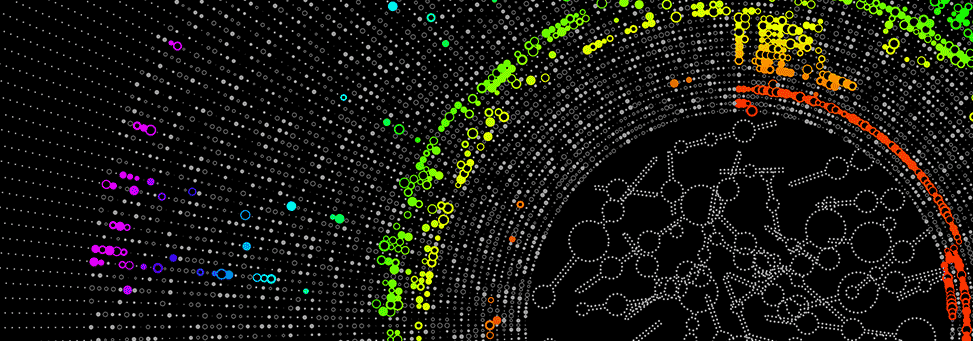
With the advance of machine learning and “artificial intelligence” (AI), it has become the responsibility of both designers and data scientists to understand how to shape experiences that improve lives. As Greg Borenstein argues in Power to the People: How One Unknown Group of Researchers Holds the Key to Using AI to Solve Real Human Problems:
“What’s needed for AI’s wide adoption is an understanding of how to build interfaces that put the power of these systems in the hands of their human users.”
Fabien Girardin [Experience Design in the Machine Learning Era] identifies the following characteristics for creating meaningful experiences in the machine learning era:
Feedback: Data is the lifeblood of the user experience with systems that learn. Guarantee that systems are properly fed with carefully crafted feedback loop mechanisms.
Relationship: The combination of data and learning algorithms can trigger an evolution of multiple experiences. Plan the relationship between humans and the machine that learns for instance creating habits aligned with people’s interest, finding the known unknown, discovering the unknown unknowns, communicating a certain peace of mind, or valuing time well spent. Additionally, prepare the offboarding experience for moments in the relationship when things start to disappoint, embarrass, annoy or stop working or being useful.
Seamfulness: Consider bringing both the power and imperfections of algorithms to the surface as part of the experience. For example, predicting is not the same as informing and a designer must consider how well the level of uncertainty in a prediction could support a user action.